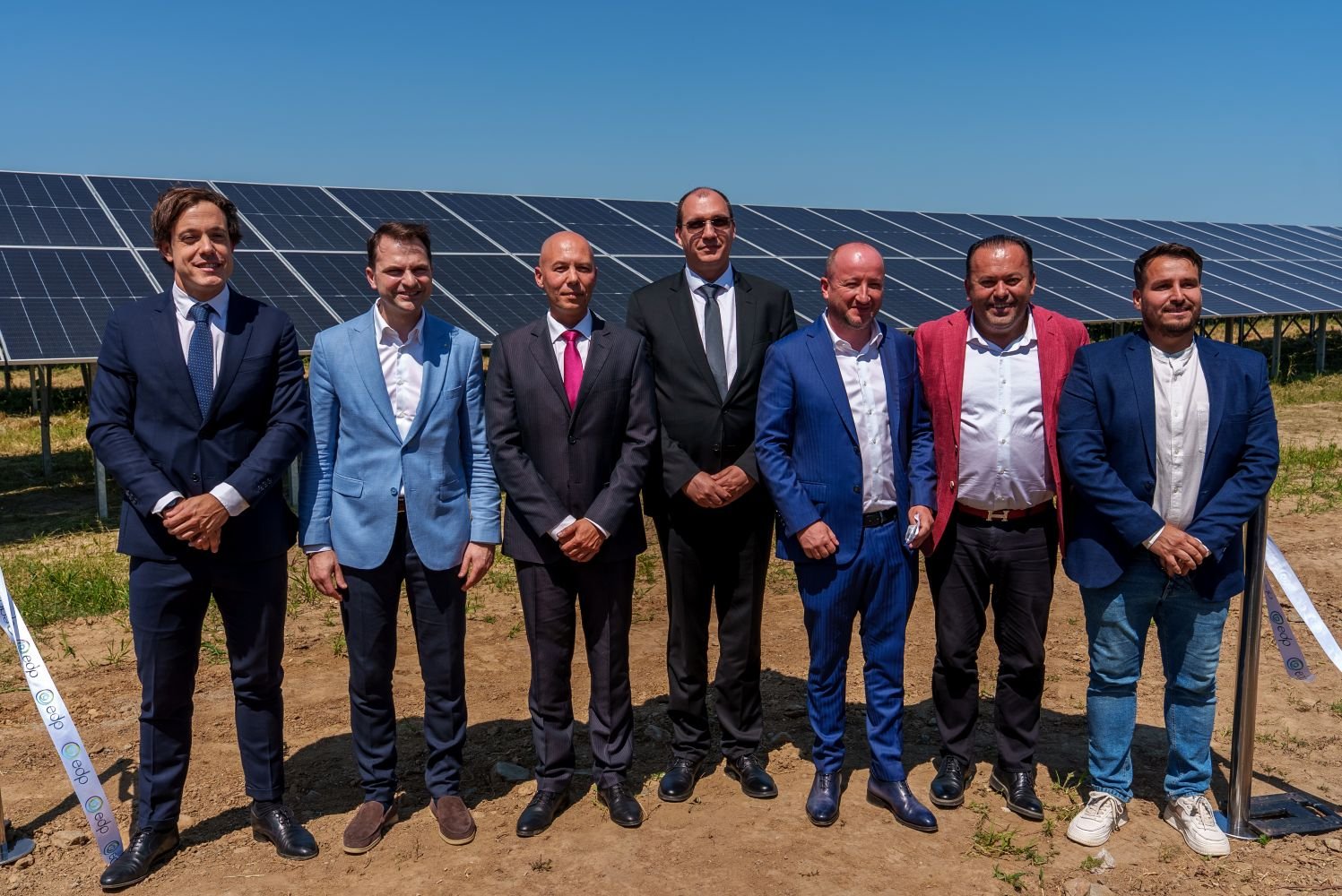As global environmental challenges escalate, China and Europe are enhancing their cooperation in renewable energy and sustainable development, working towards the United Nations’ 2030 Sustainable Development Goals (SDGs). This partnership spans various sectors, including clean energy deployment, technological innovation, and infrastructure development, all aimed at boosting regional resilience and supporting global climate objectives.
In the realm of renewable energy, Europe’s ambitious decarbonization targets align with China’s expanding role as a vital partner in manufacturing and technology. Pedro Amaral Jorge, CEO of the Portuguese Renewable Energy Association, highlighted China’s critical contribution to Portugal’s energy goals, noting that approximately 85% of solar panels in Portugal are sourced from China, all certified for high quality and recognized by utilities and financial institutions. Jorge remarked that Portugal’s 2030 solar capacity targets heavily depend on this partnership, deeming stronger cooperation with China essential.
In Central and Eastern Europe, collaboration with Chinese firms has led to numerous sustainable energy projects. Notable examples include Croatia’s largest photovoltaic project, the Maestrale Ring wind farm in Serbia, and a photovoltaic station in southeast Romania. These initiatives are advancing local clean energy capabilities while contributing to international climate targets.
In Bosnia and Herzegovina, the Ivovik wind power project has emerged as a benchmark for international renewable energy collaboration. Funded by Chinese companies, the wind farm has been supplying clean electricity to the grid for over nine months. Livno Mayor Darko Condric characterized the project as a significant driver of regional economic growth, creating local jobs and garnering public support. Marinko Cavara, deputy speaker of BiH’s House of Representatives, pointed to the Ivovik wind farm and other Chinese-supported initiatives like the Dabar Hydropower Plant as evidence of the long-term value of this partnership, which has delivered tangible benefits to local communities and showcased the potential for green innovation.
The automotive sector is also benefiting from this transcontinental cooperation. European car manufacturers, including Volkswagen and Mercedes-Benz, have intensified their electrification efforts in China by forming stronger alliances with local technology companies. Concurrently, Chinese battery manufacturers such as CATL and CALB are establishing production facilities across Europe, bolstering local electric vehicle supply chains and supporting shared decarbonization goals.
Maritime cooperation is another area where China and Europe are working together to address climate change. Norway, a significant European shipping country, seeks to deepen its maritime collaboration with China to achieve both economic gains and meaningful climate action. Tronstad Sagebakken, state secretary at Norway’s Ministry of Trade, Industry and Fisheries, emphasized the long-standing ties between the two nations, particularly in ocean industries like shipping and maritime technology. He noted that China is Norway’s largest trading partner in Asia, making it a crucial market for Norwegian shipping companies. Sagebakken stated, “To tackle the major challenges of our time and accelerate the green transition, collaboration is essential.” Norway, which has set ambitious domestic climate targets for its maritime sector, actively supports global advancements through organizations like the International Maritime Organization.
By working together, China and Europe can create new business opportunities while effectively reducing emissions and addressing climate change.


